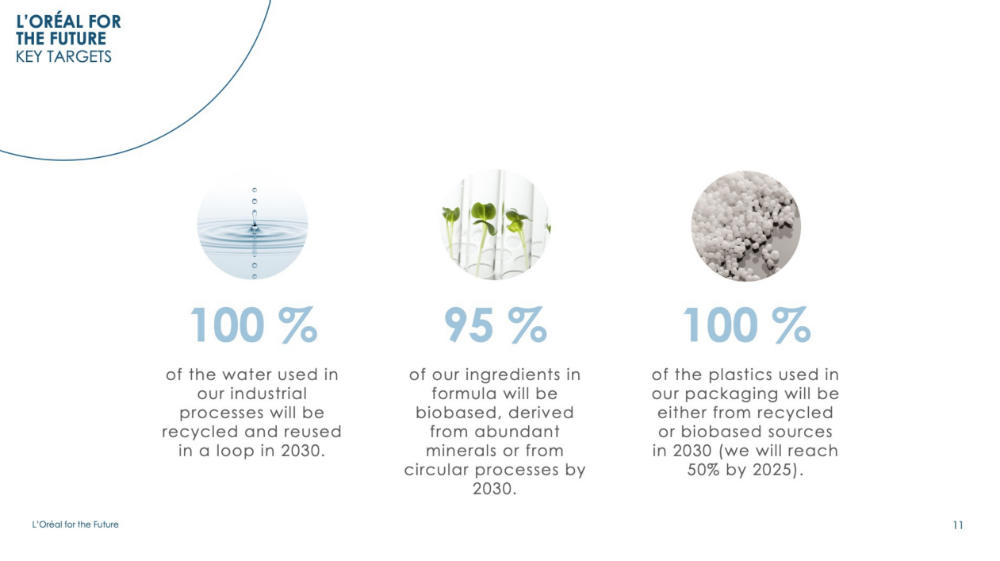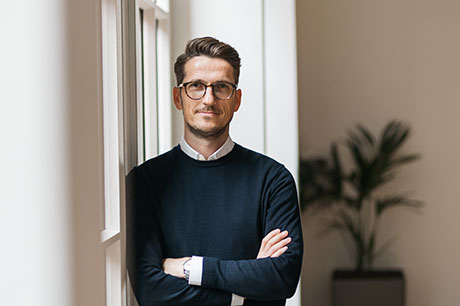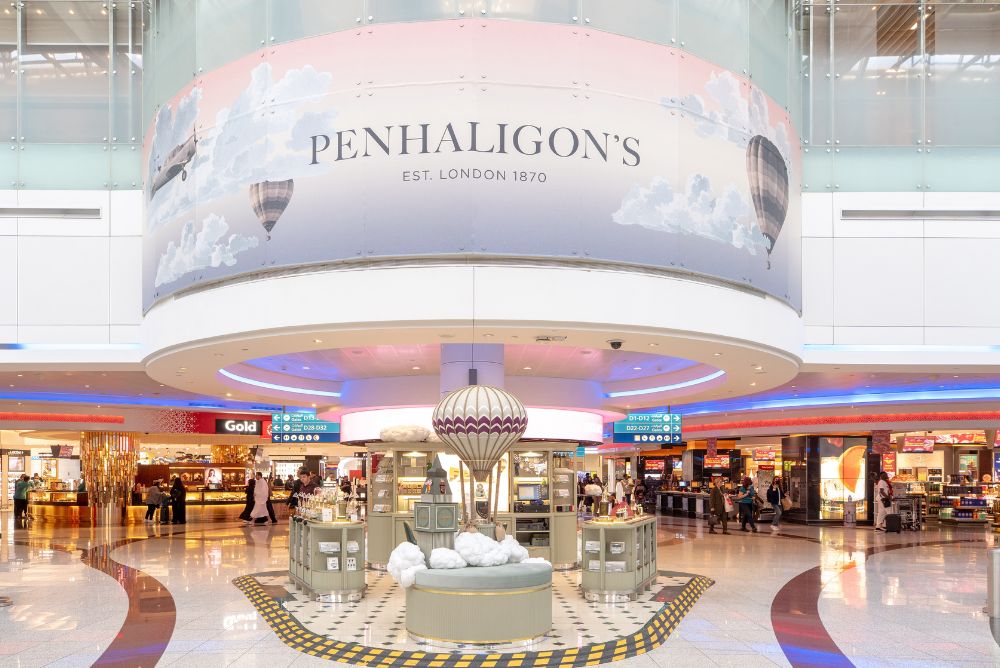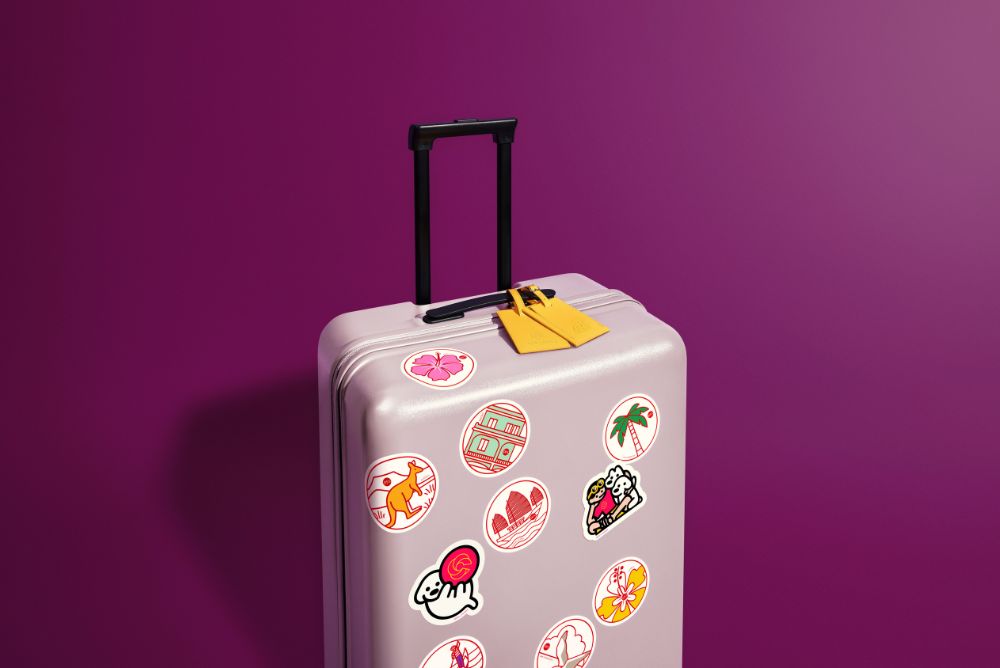L’Oréal Group gets tough on plastic usage in 2030 sustainability plan
By Luke Barras-hill |

L’Oréal senior executives, including CEO and Chairman Jean-Paul Agon (far left), discussed the new sustainability vision during a webcast.
L’Oréal Group has set a goal for 100% of the plastics used in its product packaging to be from either recycled or bio-based sources by 2030.
By 2025, the French beauty giant expects 50% of the plastic used in its products to be sourced in this way.
During a digital press conference held at 09:00 (CEST) today (26 June), L’Oréal outlined a number of ambitious targets as part of its next-generation sustainability programme, entitled ‘L’Oréal for the Future’.
TARGET COVERS ALL BRANDS
Responding to a question from TRBusiness on which ‘pillar’ brands in the portfolio could be prioritised first to help guide the Group towards the 100% recycled or bio-based packaging target, L’Oréal Chairman and CEO Jean-Paul Agon flagged Garnier, L’Oréal Paris and La Roche-Posay.
“We have some other brands that are using very few plastic as they are using other components like glass; Lancôme, for example, uses a lot of glass and less plastic,” he said.
Joining Agon for the digital conference was Alexandra Palt, Executive Vice President and Chief Corporate Responsibility Officer and Adrien Koskas, Global Brand President, Garnier.

Jean-Paul Agon, Chairman and CEO, L’Oréal Group: “Challenges are mounting, the environmental crisis is coming, experts also say we have 10 years to prevent it so there is absolutely no time to lose… the clock is ticking.”
In order to meet the target on plastic packaging, Palt explained: “Our strategy continues to be to reduce the material needed in order to have more lighter, smaller and efficient packaging and to introduce more recyclable materials – also for glass and paper.
“For the 100% recycled plastic [target] this will be for the whole group for each and every one of our brands and this is an advantage we have in our sustainability strategy that we can control this.
“We will continue to work on innovations that will perhaps completely phase out packaging in some parts.”
WORKING WITHIN ‘PLANETARY BOUNDARIES’
The Group’s new ‘L’Oréal for the Future’ vision, which is understood to have been presented to staff yesterday, is built on a two-fold principle: transforming the Group’s activities, while respecting the concept of planetary boundaries.
In doing so, L’Oréal hopes to tackle the most important environmental and social challenges in the world, while staying within the boundaries to avoid straying into dangerous ecological territories.

Alexandra Palt, Executive Vice President and Chief Corporate Responsibility Officer, L’Oréal Group outlined a series of ambitious goals for the beauty giant to meet its 2030 sustainability commitments, including investing €100 million to address environmental impacts.
“We define targets on climate, water, biodiversity, and the utilisation of resources,” said Palt. “But we don’t forget our social commitments as they go hand in hand. This is a condition for a green transition. We have come to a tipping point on social and environmental issues.”
By 2030, L’Oréal aims to curb its greenhouse gas emissions by 50% per finished product unit, while enabling its consumers to curb their individual emissions by 25% on average per finished product unit.
At the same time, 95% of ingredients used for its product formulas will be bio-based, derived from abundant minerals or from circular processes and 100% of the water used in industrial processes will be recycled and reused.
By 2025, all L’Oréal sites will be carbon natural by improving energy efficiency and using 100% renewable energy.
For its partners, 100% of strategic suppliers’ employees and their dependents will be paid at least the living wage to cover basic needs by 2030.
The Group also plans to help 100,000 people from disadvantaged communities to gain access to employment by 2030.
To facilitate these goals, L’Oréal is pledging €100 million/$112 million to address environmental impacts.
Of this, €50m/$56m will funnel into the circular economy for waste and recycling initiatives.
Meanwhile, €50m will go towards biodiversity causes, such as investing in projects to support natural ecosystems.
A further €50m will be donated to civil organisations – via a charitable endowment fund – to assist women facing poverty or battling domestic and sexual violence.
In discussing the sustainability vision, Agon highlighted the systemic impact of the coronavirus (Covid-19) crisis, including on the environment. However, he made clear that rather than hindering the Group’s pursuit of its goals, the resolve to hit them would instead be strengthened.
“Challenges are mounting, the environmental crisis is coming, experts also say we have 10 years to prevent it so there is absolutely no time to lose… the clock is ticking,” he warned.
PARADIGM SHIFT
The new sustainability trajectory outlined today follows in the footsteps of L’Oréal’s successful ‘Sharing Beauty with All’ sustainability programme, which launched in 2013.
Since then, the Group has taken a number of important strides in what has become a profound eco-mission.
In 2019, it reduced carbon emissions by 78% – up from its targeted 60% based on a 2005 baseline. This year, it is on track to cut C02 emissions by more than 80%.
“At the same time, our production went up by 37%,” explained Palt. “We showed it is possible to couple growth and [minimise] environmental impact.
“We will have 42 carbon neutral sites in 2020. We have also worked in other domains such as the reduction of water consumption – reducing it by 51% per finished product unit. In 2020, we aim to do better.”
In 2020 to date, the company has improved by 95% the environmental and social profile of its products, which Palt calls a ‘huge transformation’ and one that puts sustainability at the heart of the business.
The ‘green transition’ is being shaped by social inclusion and enabling people to gain access to employment opportunities, she continued.
“We have achieved and over-performed our targets and are extremely proud,” she added.
Commenting on the ‘Sharing Beauty with All’ programme, Agon said the entire ecosystem has changed since L’Oréal set about carving a leadership position in sustainability and social responsibility seven years ago.
“These ambitions were very bold; more importantly than that, this programme has revolutionised and changed the paradigm for L’Oréal.
“The programme has been extremely successful; now it’s time to start the second phase of this revolution.
“Born in 1909, [L’Oréal] was always about excellence in beauty and financial performance. Sharing with All added a third dimension, which was the will to excel in sustainability and responsibility.
“This changed everything, the way people work, research and innovation, formulation, sourcing, operations, supply chain, marketing… a complete change in the way L’Oréal works. It has been a great connected adventure.”
GARNIER: NO VIRGIN PLASTICS
Garnier’s Koskas then teased the brand’s roadmap for ‘Green Beauty’, its end-to-end sustainability strategy.
A main aim is to eradicate virgin plastic packaging for all its brands by 2025, saving 37,000 tonnes of virgin plastic per year.
This year, the objective is to save 7,000 tonnes of virgin plastic. The brand’s Fructis bottles will be produced from 100% recycled plastic (EU and US).
Koskas explained that Garnier’s presence in 64 countries affords it ‘critical mass’ when it comes to addressing sustainability objectives such as these.
These feed into its philosophy of ‘Green Beauty’, a holistic and global approach to promoting environmental credentials.
In addition to the 2025 target, Garnier will introduce a new environmental labelling and scoring system, available on a sliding scale from A-E.
This provides consumers with a useful signposting tool on the environmental and social impact of each product.
In formulating the scale, Garnier has worked closely with experts. Some of the sustainable innovations to date include Micellar reusable eco pads.
Concluding, Agon hailed ‘L’Oréal for the Future’ as a milestone and new stage in the company’s history.
“It’s exploring new dimensions, it’s super exciting and interesting and will be a fantastic adventure for our 88,000 employees and contribute to the great success of our company in the ten years to come.”
Following the Q&A, attendees were invited to partake in a series of webinars on environmental topics led by L’Oréal’s specialists and international experts. The five webinars ran concurrently, allowing guests to switch between each.
These covered biodiversity, climate change, environmental and social labelling, green science innovation and plastics and packaging.
L’Oréal’s long-standing strategy on plastic consumption has traditionally focused around three pillars: ‘Respect, Reduce, Replace’.
Materials used for product packaging are food-grade quality when it comes into contact with beauty formulas and contain no PVC.
Alcohol insights: Conversion up, spend down in Q4
Conversion of visitors in the alcohol category in duty free has risen to 54% in Q4 2023,...
TR Consumer Forum: Agenda & speakers revealed
Influential speakers will unpack the most effective strategies for understanding and engaging...
Saudia Arabia's KKIA unfurls T3 duty free expansion
King Khalid International Airport (KKIA) has unveiled the first stage of its much-vaunted duty...
-
 International,
International,Alcohol insights: Conversion up, spend down in Q4
-
 International,
International,TR Consumer Forum: Agenda & speakers revealed
-
 International,
International,Saudia Arabia's KKIA unfurls T3 duty free expansion

In the Magazine
TRBusiness Magazine is free to access. Read the latest issue now.

 Trbusiness. The travel retail Trbusiness. The magazine for global retail and duty free professionals.
Trbusiness. The travel retail Trbusiness. The magazine for global retail and duty free professionals.
























